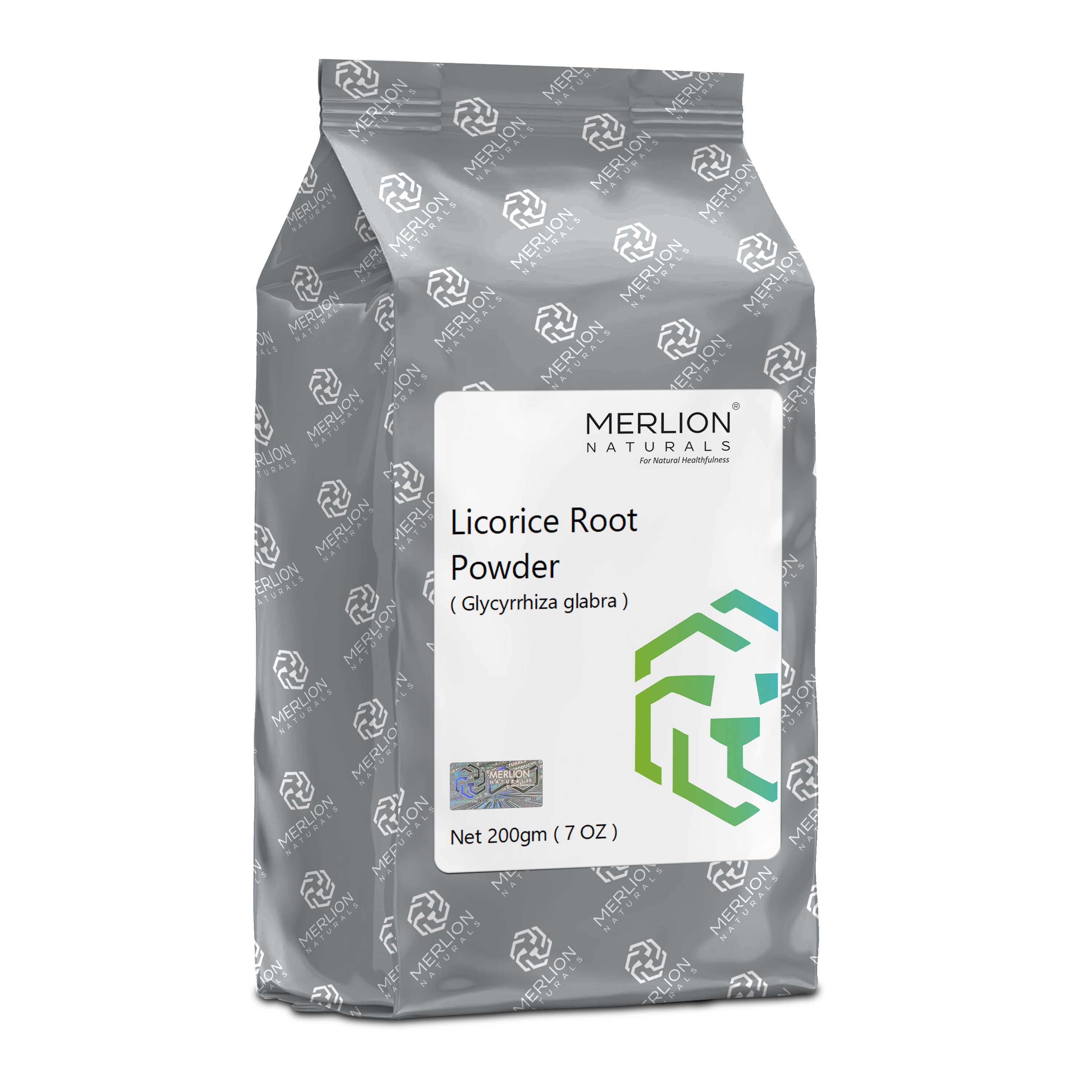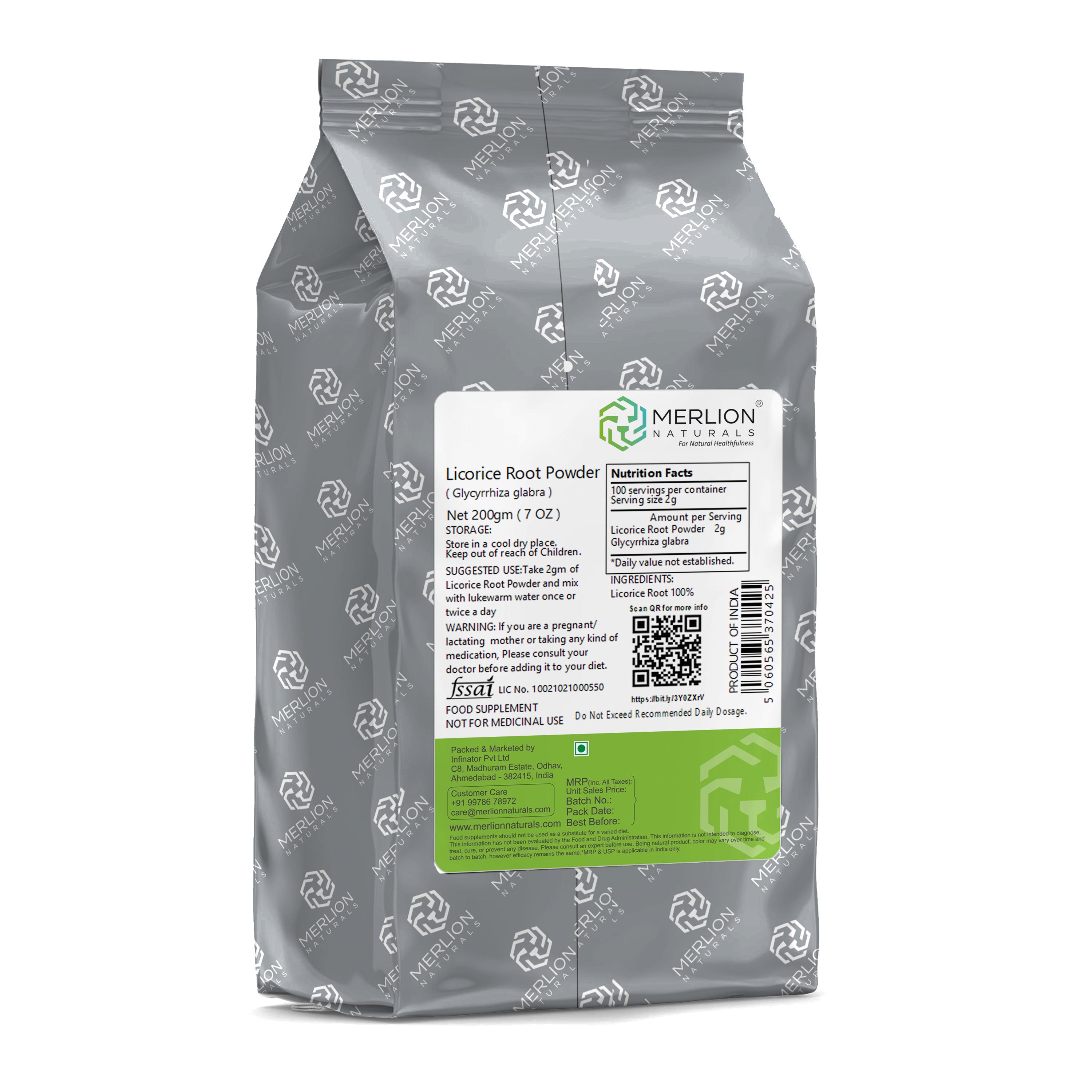I have been taking the Shatavari Root Powder | Asparagus racemosus from Merlion for years. Great to balance hormones! You feel great and look great.... you can see results on the way you feel and look. A must for all women! I highly recommend!
This is a nice product and does seem to help acne and other irritation on the face
This product smells really nice but I won't buy again because all the plastic packaging around the package and individual wrapped unfortunately
I had a great result with this product using henna only for the first step. Then 50/50 henna and indigo for the second step which resulted in a reddy brown colour. It successfully covered all greys but I wanted more of a dark brown colour so I repeated with indigo only and got the perfect dark brown colour that I wanted. Product is also pure with no additives which is why I bought it.



